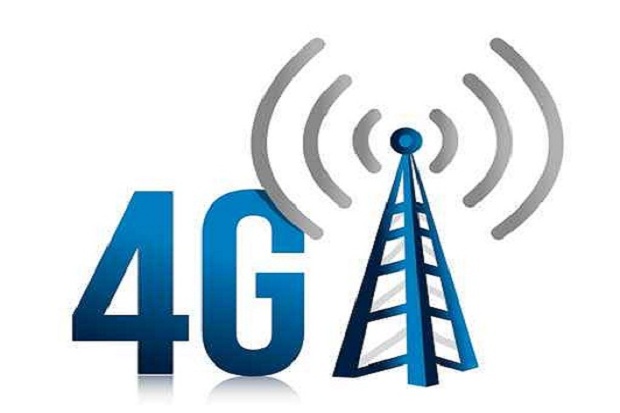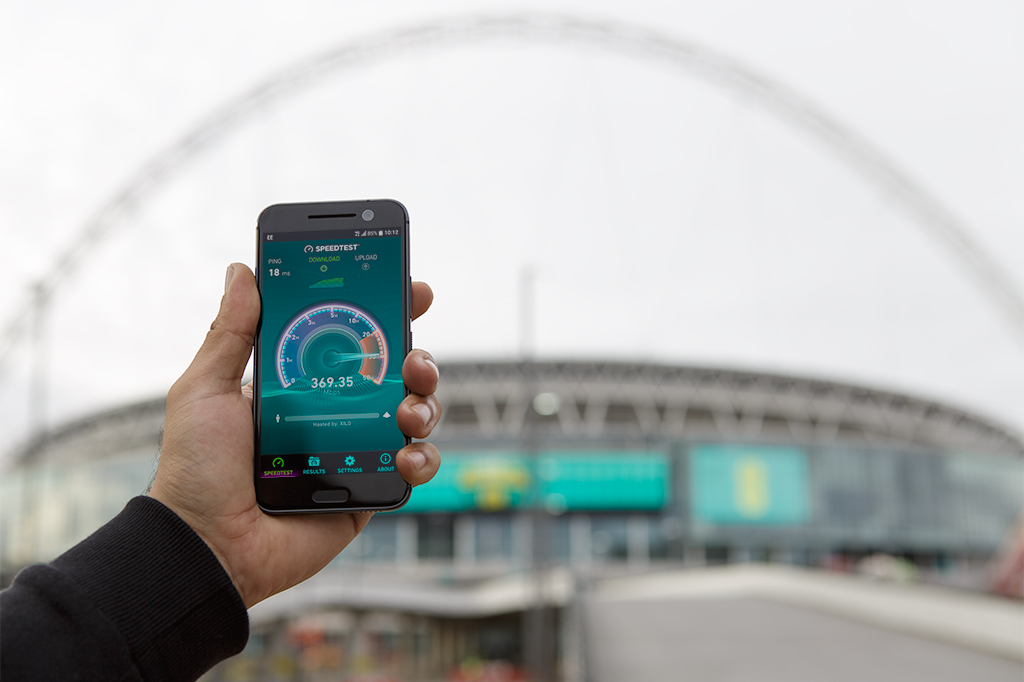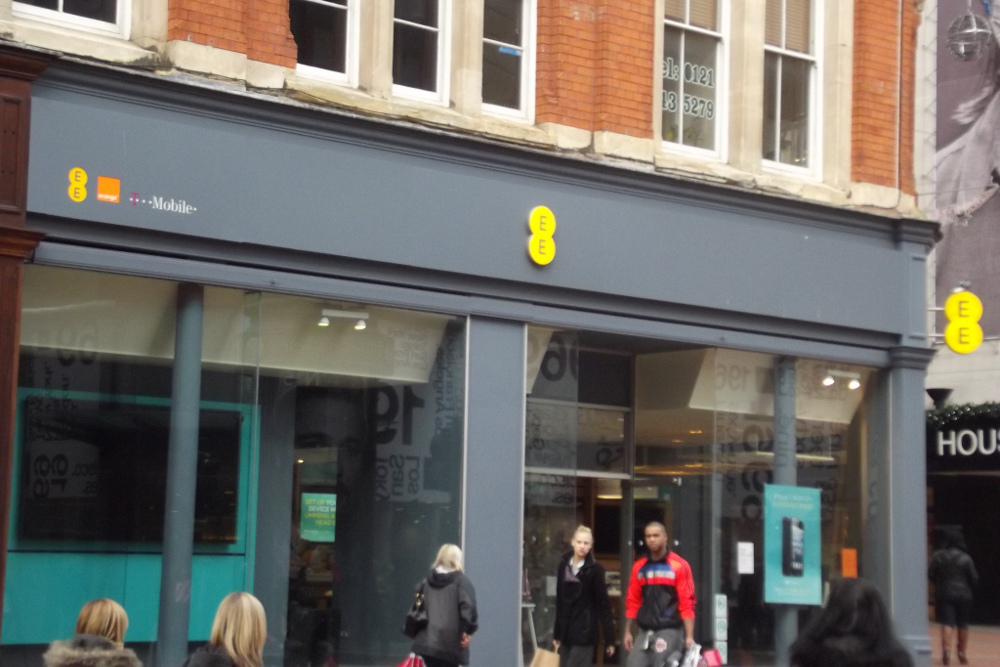EE rolls out 4G across Glasgow's underground network
The network is currently restricted to EE customers but is likely to expand in the near future


Glasgow’s commuters can now benefit from 4G connectivity across the city’s 15 subway stations, following a successful rollout by EE.
The 4G infrastructure has been installed to support an emergency services network (ESN), which is due to be activated in the coming months and will provide secure critical communication alongside the subway route, with the rollout being extended to tunnels in the future.
The news comes nearly six years after EE won the £1 billion contract to supply the UK's emergency services with the LTE-based ESN, replacing the existing Tetra network and reportedly saving the UK £1 million a day in running costs.
Today, the operator announced that the Glasgow subway’s 4G rollout has been completed in time for the 2021 United Nations Climate Change Conference (COP26), which starts on 31 October. Over the course of two weeks, Glasgow will see thousands of visitors taking part in the event, with many expected to use the subway system to move between venues.
The 4G network is currently only available for EE customers, although a company spokesperson told IT Pro that it is “open to working with other operators to extend coverage to include their networks”.
Commuters will be able to check emails, send messages, and make calls using the subway’s new 4G network, however communication between the emergency services will take priority over all other network traffic, even at peak transit times. This is in order to ensure that the speed of first responders receiving important data through ESN is not degraded by the commuters’ use of 4G.
Police Scotland’s chief inspector Stevie Espie described the rollout of 4G and ESN in Glasgow’s subway stations as “vital for the emergency services in Scotland”.
Sign up today and you will receive a free copy of our Future Focus 2025 report - the leading guidance on AI, cybersecurity and other IT challenges as per 700+ senior executives
“ESN will allow emergency responders enhanced, priority-based access to their critical communications system, even in busier periods, whilst the use of 4G will allow the emergency services to deploy innovative, digital technology to deliver the best service to the public,” he said.
Commenting on the announcement, the ESN managing director at BT’s Enterprise unit, Richard Harrap, said that the technology will allow emergency service responders “to transmit reliable and consistent digital communications across the 4G network”, as well as provide them with “immediate access to life-saving information in live situations and emergencies”.
RELATED RESOURCE

“We’re delighted that SPT Subway has also agreed to us opening up the commercial services within the stations, which will not only help emergency services but also support the public, allowing travellers to use the video, voice and data services that they love,” he added.
Work to add network connectivity to the underground system across London has faced repeated delays since the project started in 2017. Tube commuters were initially expected to benefit from 4G networks in 2019, however, current estimates suggest this won't happen until at least 2024. Partial coverage is expected in 2022, with some of the capital’s busiest stations set to receive 4G connectivity, including Oxford Circus, Tottenham Court Road, Bank, Euston, and Camden Town.
EE has been involved in rolling out 4G across London's tube system, having joined Transport for London's trial of the technology in late 2019.
Having only graduated from City University in 2019, Sabina has already demonstrated her abilities as a keen writer and effective journalist. Currently a content writer for Drapers, Sabina spent a number of years writing for ITPro, specialising in networking and telecommunications, as well as charting the efforts of technology companies to improve their inclusion and diversity strategies, a topic close to her heart.
Sabina has also held a number of editorial roles at Harper's Bazaar, Cube Collective, and HighClouds.
-
 The best 4G network
The best 4G networkIn-depth Every mobile provider offers 4G contracts, but which one is the best for you?
-
 EE completes UK's first 5G lab test
EE completes UK's first 5G lab testNews The company teamed up with Huawei to provide end-to-end 2.8Gbps service
-
 EE says network is back after 4G outage
EE says network is back after 4G outageNews EE hasn't explained what's behind widespread issues
-
 EE wipes out UK's 4G black spots
EE wipes out UK's 4G black spotsNews The company is calling for all networks to be transparent about their coverage
-
 EE upgrades 4G network to boost connection speeds
EE upgrades 4G network to boost connection speedsNews But only the latest smartphones will benefit
-
 Three tries to stop Vodafone and BT buying too much spectrum
Three tries to stop Vodafone and BT buying too much spectrumNews The mobile provider has asked Ofcom to step in
-
 EE 4G network 'to cover 95% of UK' by 2020
EE 4G network 'to cover 95% of UK' by 2020News Mobile operator will also on-shore 600 customer service roles
-
 EE doubles 4G subscriber base to 14m
EE doubles 4G subscriber base to 14mNews Firm has also increased LTE coverage to 95 per cent of population


